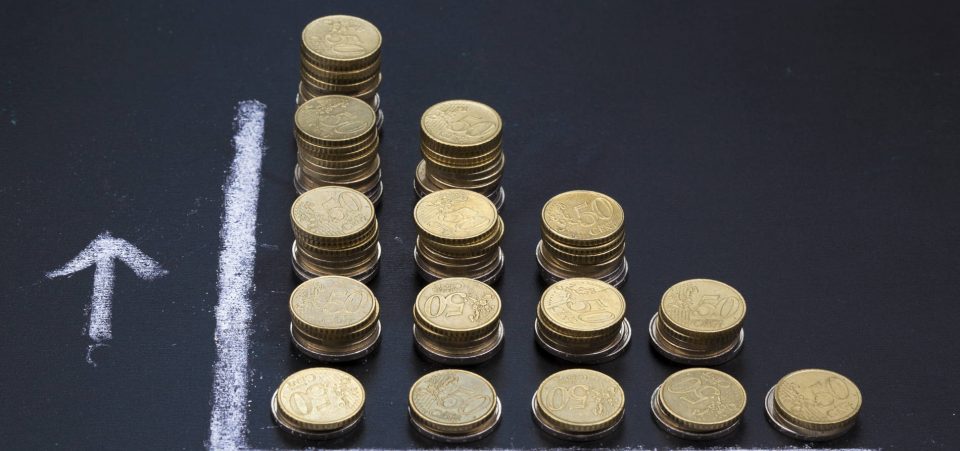On Wednesday, August 31, 2016, the president of the Federal Reserve Bank of Chicago, Charles Evans, said with strong conviction that the U.S. economy has slowed down permanently, which will keep interest rates low for a long-time.
His argument was simple: the corporate world and investors have low growth expectations, and as a result, it’s unlikely the long-term rates will move higher, even if inflation rises and the Federal Reserve raises rates faster than it currently projects.“Long-run expectations for policy rates provide an anchor to long-run interest rates.” Evans said during a speech at the Shanghai Advanced Institute of Finance in Beijing, China. “So lower policy rate expectations act as a restraint on how much long-term rates could rise following a surprise over the near-term policy path.” (Source: “Are Low Monetary Policy Rates the New Normal?” Federal Reserve Bank of Chicago, August 31, 2016.)Evans also warned about keeping low interest rates for the long-run, adding that, “Addressing downside shocks near the zero lower bound is much, much harder than if we had a comfortable buffer against the equilibrium real rate. And we must stay attuned to the difficulties in delivering additional monetary policy accommodation if the need ever arises before this environment changes.” (Source: Ibid.)
What’s interesting to note here is that just few days ago, Federal Reserve Chairwoman Janet Yellen said that the U.S. economy is growing, that inflation is showing signs of hitting the two percent mark, and that the case for higher interest rates is building up.“I believe the case for an increase in the federal funds rate has strengthened in recent months,” she said. “Of course, our decisions always depend on the degree to which incoming data continues to confirm the Committee’s outlook.” (Source: “The Federal Reserve’s Monetary Policy Toolkit: Past, Present, and Future,” U.S. Federal Reserve, August 26, 2016.)
The Federal Reserve raised the federal funds rate in December 2015 for the first time nearly in 10-years, from 0.25% to 0.5%.
As it stands, market participants place a 44.6% probability that interest rates will rise in December of this year between 0.5% and 0.75%. The probability of the federal funds rate going above this range prior to July of 2017 remains below 25%. (Source: “FedWatch Tool,” CME Group, accessed August 31, 2016.)






